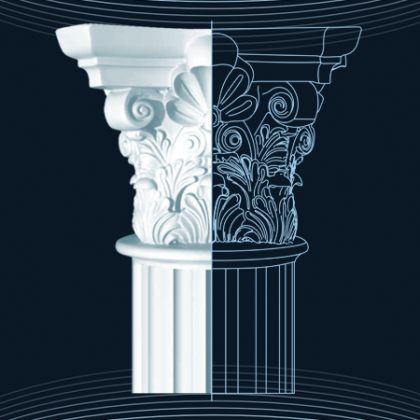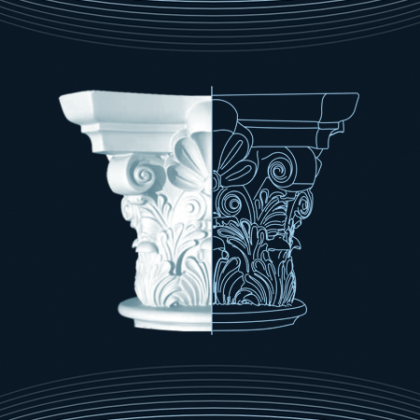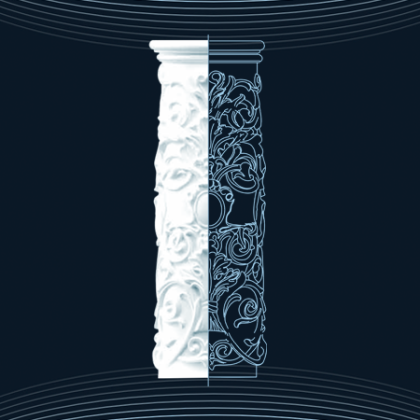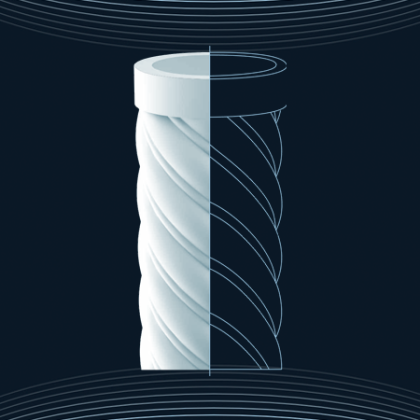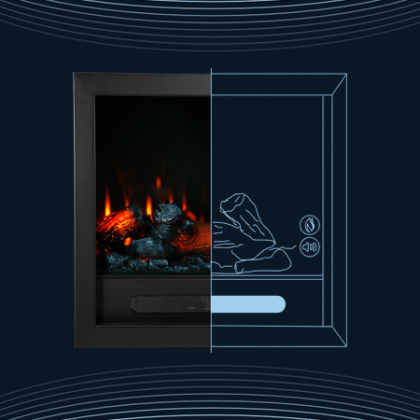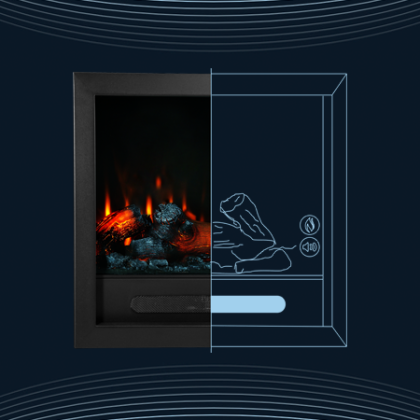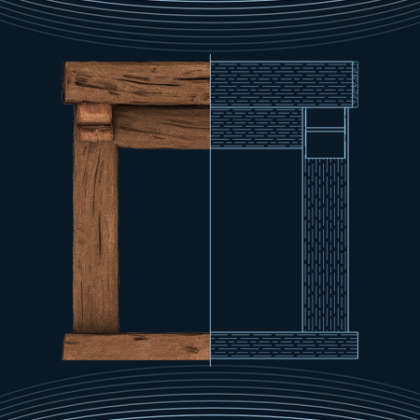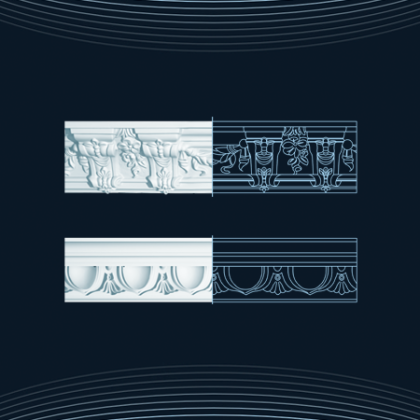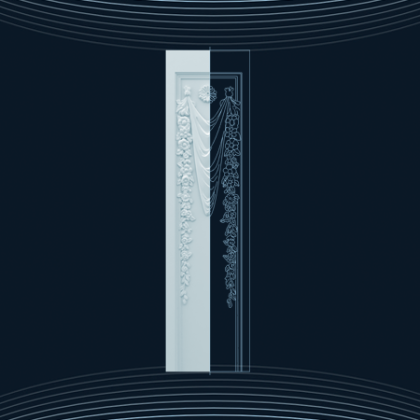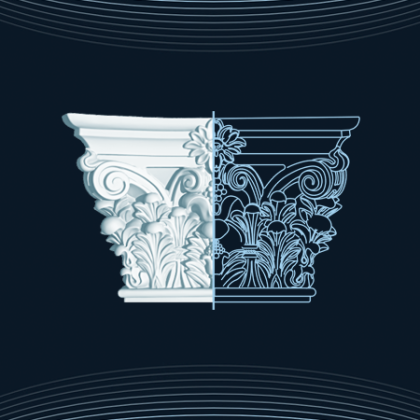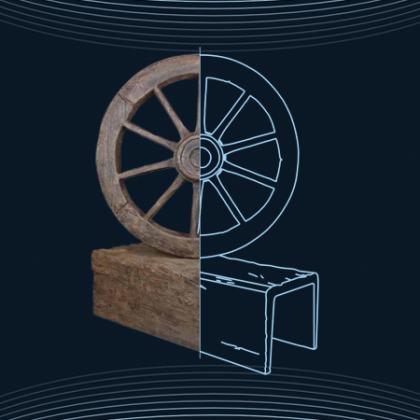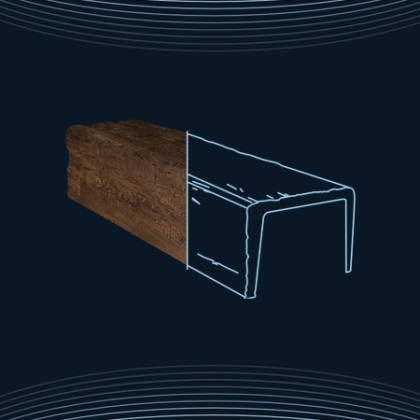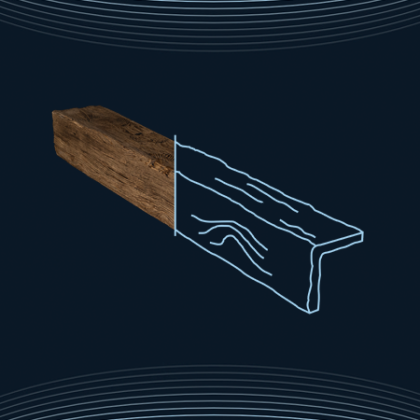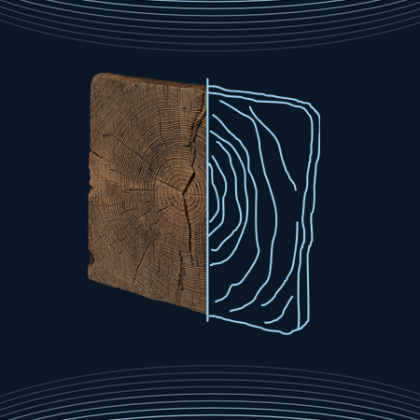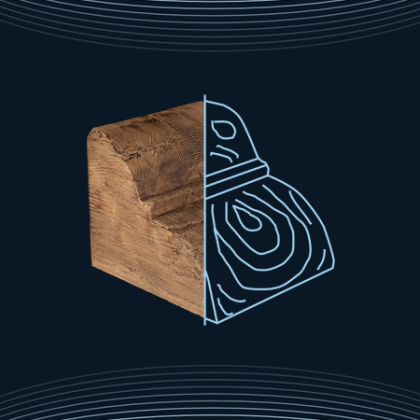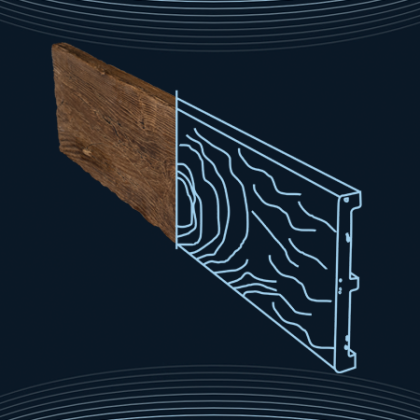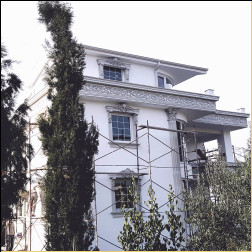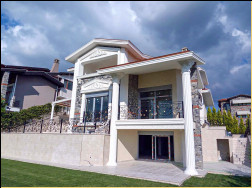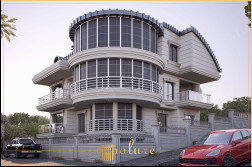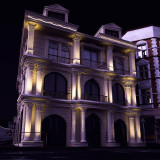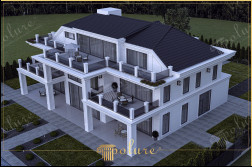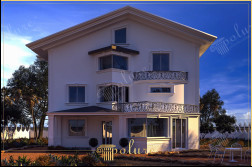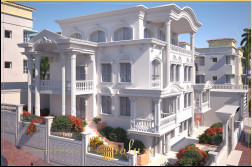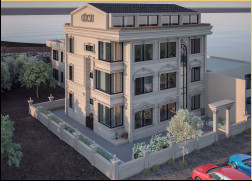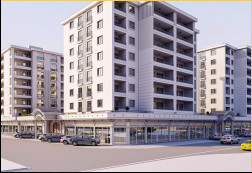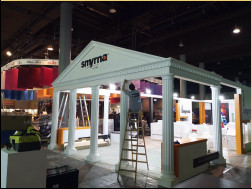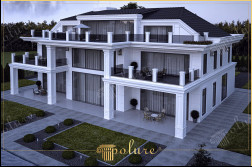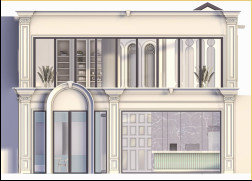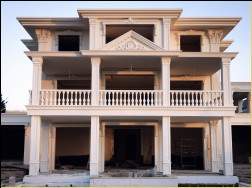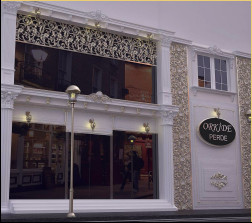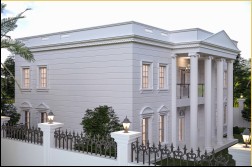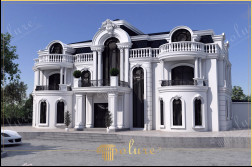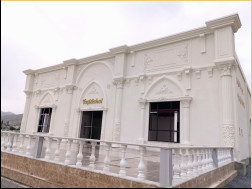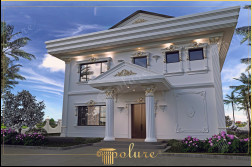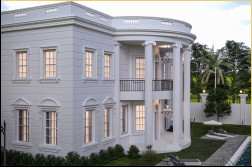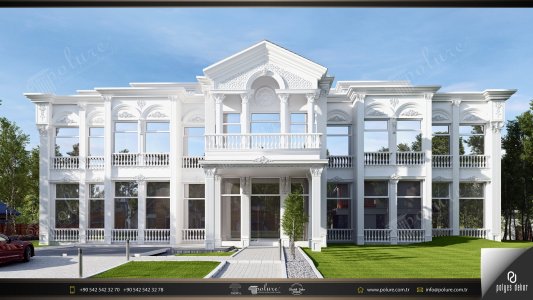
Polyurethane precast refers to objects or materials that have been cast or shaped beforehand using polyurethane, a type of plastic or resin known for its flexibility, durability, and resistance to wear and tear.
Polyurethane precast refers to the process and product of creating building components, such as panels, beams, and architectural details, from polyurethane materials in a controlled factory setting before transporting them to the construction site for installation. This method combines the versatility and durability of polyurethane with the efficiency and precision of precast manufacturing. One of the main advantages of polyurethane precast components is their high strength-to-weight ratio, making them easier to handle and install compared to traditional materials. Additionally, polyurethane's excellent insulation properties can contribute to energy-efficient building designs. The precast process also allows for greater control over the quality and finish of the final product, reducing the need for onsite adjustments and waste. Polyurethane precast is used in a wide range of applications, from residential to commercial buildings. It is particularly popular for decorative elements, such as moldings, columns, and facades, due to its ability to replicate the appearance of more traditional materials like wood and stone. Its lightweight nature also makes it suitable for retrofitting and renovation projects where the structural load is a concern. In conclusion, polyurethane precast offers a modern, efficient, and versatile approach to building construction and design. Its benefits of durability, energy efficiency, and aesthetic flexibility make it a compelling choice for architects and builders looking to push the boundaries of what is possible in construction.Polyurethane Precast: An Overview
Advantages of Polyurethane Precast
Applications of Polyurethane Precast
Conclusion
Polyurethane precasts have a significant role in history as a versatile material used in various applications, including construction, automotive parts, and consumer goods, due to their durability and flexibility.
Polyurethane precasts have played a significant role in the evolution of materials technology and construction methods throughout history. Since their inception, they have revolutionized the way architects and engineers approach design and building, offering a versatile, durable, and cost-effective alternative to traditional materials. The development of polyurethane dates back to the late 1930s, with its application in precast forms gaining momentum in the mid-20th century. Initially used for its insulating properties and resistance to wear and tear, polyurethane quickly became a material of choice for a wide range of applications. In the construction industry, the advent of polyurethane precasts marked a transformative period. These precasts offered a lightweight yet strong alternative to concrete and steel, allowing for more innovative and complex designs. They were particularly valuable in projects requiring intricate shapes or finishes that would be difficult or expensive to achieve with traditional materials. The versatility of polyurethane precasts has had a profound impact on architectural design and construction innovation. They have enabled architects to push the boundaries of creativity, resulting in structures that are not only aesthetically pleasing but also more functional and energy-efficient. This has been particularly evident in the development of modern insulation systems, where polyurethane precasts play a crucial role in reducing energy consumption and enhancing sustainability. Today, polyurethane precasts are used in a myriad of applications, from building components and structural elements to decorative features and insulation systems. Their ease of installation, coupled with their performance characteristics, continues to make them a preferred choice in both residential and commercial construction. Looking ahead, the ongoing advancements in polyurethane technology promise even greater possibilities, including smarter, more resilient, and environmentally friendly building solutions. The place of polyurethane precasts in history is firmly rooted in their ability to inspire innovation and transform construction practices. As we continue to explore the potential of this versatile material, its impact on the construction industry and beyond is likely to grow, marking an enduring legacy in the annals of material science and engineering.The Place of Polyurethane Precasts in History
Early Developments
Expansion in the Construction Industry
Impact on Design and Innovation
Modern Applications and Future Prospects
Conclusion
Polyurethane precast properties refer to the characteristics of polyurethane materials that have been pre-formed or cast into specific shapes before being used in various applications. These properties can include durability, flexibility, resistance to abrasion and impact, insulation capabilities, and resistance to various chemicals and weather conditions.
Polyurethane, a versatile polymer, is increasingly used in precast applications due to its unique properties. This synthetic material, known for its durability and resilience, is making significant inroads in the construction industry, particularly in the realm of precast components. Precast polyurethane products offer several advantages over traditional materials, making them a preferred choice for a wide range of construction projects. These properties make polyurethane an excellent material for precast applications, from architectural facades to structural components. Its adaptability, coupled with environmental resistance, positions polyurethane as a material of choice for modern, sustainable construction projects. In conclusion, the use of polyurethane in precast applications offers numerous benefits, including lightweight, durability, insulation properties, design flexibility, and water resistance. As the construction industry continues to evolve, the demand for efficient, sustainable materials is on the rise. Polyurethane, with its unique properties, is well-positioned to meet these demands, making it a key player in the future of construction.Polyurethane Precast Properties
Advantages of Polyurethane in Precast Applications
Conclusion
What are the different uses of polyurethane in precast decorations?
Usage Areas of Polyurethane in Precast Decoration
Polyurethane, a versatile and durable material, has found extensive use in various industries due to its unique properties. In the realm of precast decoration, polyurethane stands out for its adaptability, resilience, and aesthetic versatility. This article explores the distinct usage areas of polyurethane in precast decoration, highlighting how this material has revolutionized the industry.
Architectural Moldings
One of the primary applications of polyurethane in precast decoration is in architectural moldings. Polyurethane moldings are lightweight, easy to install, and can mimic the appearance of more traditional materials like wood and stone. They are used for decorative trims, cornices, baseboards, and crown moldings, providing a durable and cost-effective solution for enhancing architectural beauty.
Exterior Facades
Polyurethane is also extensively used in the creation of exterior facades. Its resistance to weathering, moisture, and UV light makes it an ideal choice for outdoor applications. Polyurethane panels can be designed to replicate the look of brick, stone, or other materials, offering a lightweight and energy-efficient alternative to traditional construction materials.
Decorative Elements and Accents
From columns and capitals to balustrades and door surrounds, polyurethane is used to produce a wide range of decorative elements and accents. Its ability to be molded into intricate designs allows for the creation of unique and eye-catching features that can elevate the aesthetic appeal of any space.
Furniture and Interior Design
In the domain of furniture and interior design, polyurethane precast elements are employed to add elegance and style to interiors. Polyurethane is used in the manufacturing of decorative panels, furniture components, and ornamental objects, offering designers a flexible material that combines beauty with functionality.
Themed Environments
Themed environments, such as amusement parks, resorts, and museums, often utilize polyurethane precast decorations to create immersive and fantastical settings. The material's versatility in texture and form allows for the creation of detailed and durable scenic elements that can withstand the rigors of high-traffic public spaces.
In conclusion, polyurethane's diverse applications in precast decoration underscore its significance in modern design and construction. Its adaptability, durability, and aesthetic flexibility make it a preferred choice for a wide range of decorative applications, from architectural enhancements to themed environments. As technology advances, the potential for polyurethane in precast decoration continues to expand, promising even more innovative and sustainable solutions in the future.
Precast Polyurethane Models
Polyurethane precast models have revolutionized the construction and modeling industry with their exceptional versatility, durability, and precision. These models are created by casting polyurethane, a type of polymer, into molds to achieve desired shapes and sizes. This process allows for the production of highly detailed and complex designs that can be used in a wide range of applications, from architectural models and prototypes to decorative elements and functional parts in construction. One of the key advantages of polyurethane precast models is their strength and resilience. Polyurethane is known for its toughness and can withstand significant stress and impact without cracking or breaking. This makes it an ideal material for creating models that need to endure harsh conditions or heavy use. Additionally, polyurethane's resistance to water, chemicals, and temperature variations further enhances the durability of the precast models, ensuring they maintain their integrity over time. Another significant benefit is the flexibility in design that polyurethane precast models offer. Due to the versatility of polyurethane as a material, it can be cast into virtually any shape or size, allowing for unlimited creative possibilities. This is particularly beneficial for custom projects or unique architectural elements that require specific dimensions and features. Moreover, the surface of polyurethane models can be finished in various ways to mimic different textures and appearances, such as wood, stone, or metal, providing additional aesthetic options for designers and architects. The production process of polyurethane precast models is also relatively quick and efficient, enabling rapid prototyping and short production runs. This is a significant advantage for projects with tight deadlines or for those requiring iterative design processes. Furthermore, the use of molds allows for the consistent reproduction of models, ensuring uniformity and quality across multiple units. In conclusion, polyurethane precast models offer a combination of durability, design flexibility, and efficiency, making them a valuable tool in various industries. Whether for architectural purposes, prototype development, or decorative applications, these models provide a reliable and high-quality solution that meets the demands of modern design and construction projects.Polyurethane Precast Models
Can precast polyurethane be used on outside walls?
Polyurethane precast has emerged as a popular choice for various construction applications due to its durability, versatility, and insulation properties. When it comes to exterior walls, homeowners and builders often wonder if polyurethane precast is a suitable material. The answer is a resounding yes, with several benefits attached to its use in external applications. Polyurethane precast offers several advantages for exterior walls, including: While polyurethane precast offers many benefits, there are some considerations to keep in mind: Polyurethane precast is a viable and beneficial option for exterior wall applications. Its durability, energy efficiency, aesthetic flexibility, and lightweight nature make it an excellent choice for modern construction projects. By considering the necessary installation and maintenance requirements, homeowners and builders can take full advantage of this innovative material to create durable, efficient, and attractive exterior walls.Using Polyurethane Precast on Exterior Walls
Advantages of Polyurethane Precast for Exterior Walls
Considerations for Using Polyurethane Precast on Exterior Walls
Conclusion
Yes, precast polyurethane can be painted.
Polyurethane precast elements are widely used in the construction and decorative industries due to their durability, flexibility, and ease of installation. However, one common question that arises is whether these elements can be painted to match specific design needs or to refresh their appearance over time. The answer is yes, polyurethane precast can indeed be painted, but there are some important considerations to keep in mind to ensure the best results. Before painting polyurethane precast, proper preparation is crucial. The surface should be clean, dry, and free of any grease or dust. A light sanding may also be necessary to create a surface that the paint can adhere to more effectively. Using a primer designed for plastic or polyurethane surfaces can further improve paint adhesion and overall finish quality. Not all paints are suitable for use on polyurethane surfaces. Acrylic latex paint or paints specifically formulated for plastics are generally the best choices. These types of paint adhere well to polyurethane and can withstand the material's flexibility without cracking or peeling. It's important to avoid oil-based paints, as they may not adhere well and can lead to a poor finish. When painting polyurethane precast, applying multiple thin coats is preferable to a single thick coat. This technique helps prevent drips and ensures even coverage. Allow each coat to dry thoroughly before applying the next. If using spray paint, hold the can at the recommended distance and use steady, even strokes to achieve a smooth finish. With proper preparation and the right materials, painting polyurethane precast is not only possible but can result in a beautiful, durable finish. Whether you're looking to match a specific color scheme or refresh the appearance of existing elements, following these guidelines will help ensure your painting project is a success.Can Polyurethane Precast be Painted?
Preparation is Key
Choosing the Right Paint
Application Tips
Conclusion
To apply precast polyurethane, follow these simplified steps: 1. Prepare the surface by cleaning it and ensuring it's smooth. 2. Mix the polyurethane according to the manufacturer's instructions. 3. Apply the first coat of polyurethane with a brush or roller. 4. Let it dry as per the product's recommended time. 5. Apply a second coat for better coverage and protection. 6. Allow it to fully cure before using the surface.
Applying polyurethane to precast structures is an effective way to protect and enhance their appearance. Here's a step-by-step guide to ensure a successful application. Start by cleaning the surface thoroughly. Remove any dust, dirt, or grease. For best results, use a degreaser or a mild detergent. Allow the surface to dry completely. Sand the surface lightly with fine-grit sandpaper. This will help the polyurethane adhere better. Wipe away any dust with a clean, dry cloth. Apply the polyurethane using a high-quality brush or a spray system. For brush application, apply with long, even strokes to avoid bubbles. If spraying, do so in a well-ventilated area and use consistent motion to prevent drips. Allow the first coat to dry as per the manufacturer's instructions. Sand lightly between coats. Apply a second coat for additional protection and a smoother finish. Ensure each layer is completely dry before applying the next. Once the final coat is dry, inspect your work. Apply additional coats if necessary, ensuring each is dry before the next. Your precast structure is now protected and should have a glossy, appealing finish. Applying polyurethane to precast structures not only protects them but also enhances their appearance, making them a durable and attractive choice for any project.How to Apply Polyurethane Precast
Preparation
Sanding
Application
Drying
Final Touches
Polyurethane precast is a material made by molding polyurethane, known for its strength and durability. Styrofoam polyurethane precast, on the other hand, involves incorporating styrofoam into the polyurethane, making it lighter and providing better insulation but potentially less sturdy.
The world of construction materials is vast and varied, with innovations constantly emerging to offer better solutions for building and design. Among these materials, polyurethane precast and styrofoam polyurethane precast stand out for their unique properties and applications. Though they share a common base in polyurethane, significant differences set them apart. Polyurethane Precast is a form of polyurethane that is cast into molds to create various shapes and sizes for construction purposes. It is known for its durability, strength, and resistance to environmental factors. Polyurethane precast is solid and dense, making it an excellent choice for structural components that require robustness. Styrofoam Polyurethane Precast, on the other hand, incorporates styrofoam beads or particles into the polyurethane mix. This combination results in a lighter, more insulative material that still maintains some of the strength characteristics of solid polyurethane. The presence of styrofoam creates air pockets within the material, enhancing its thermal insulation properties. Polyurethane Precast is predominantly used in applications where strength and durability are paramount. This includes structural supports, architectural elements, and industrial components that must withstand heavy loads or harsh conditions. Styrofoam Polyurethane Precast is better suited for insulation purposes, lightweight construction panels, and decorative elements. Its thermal insulation capabilities make it ideal for building envelopes, refrigeration panels, and any application where maintaining temperature is crucial. Both materials have aspects to consider regarding environmental impact. Polyurethane Precast is durable and long-lasting, reducing the need for frequent replacements. However, its production and disposal pose environmental concerns due to the chemicals involved. Styrofoam Polyurethane Precast offers better thermal insulation, which can lead to energy savings in buildings. Nevertheless, the incorporation of styrofoam, a petroleum-based product, raises questions about sustainability and recyclability. In summary, while both polyurethane precast and styrofoam polyurethane precast are valuable construction materials, they serve different purposes and exhibit distinct properties. The choice between them depends on the specific requirements of a project, including considerations of strength, insulation, and environmental impact. Understanding these differences is crucial for making informed decisions in the construction and design industries.Differences Between Polyurethane and Styrofoam Polyurethane Precast
Composition and Structure
Applications
Environmental Impact and Sustainability
Conclusion
Polyurethane is a type of plastic. Polyurethane Precast refers to objects made in advance using polyurethane. Polyurethane Precast Plaster likely means objects pre-made with a mixture resembling plaster but using polyurethane for improved properties.
Difference Between Polyurethane, Polyurethane Precast, and Plaster Polyurethane Precast
Polyurethane, Polyurethane Precast, and Plaster Polyurethane Precast are materials commonly used in various construction and manufacturing processes. Each of these materials has unique properties and applications, making them suitable for specific tasks. Understanding the differences between them is crucial for selecting the right material for your project.
Polyurethane
Polyurethane is a versatile polymer that can be either rigid or flexible, used in a wide range of applications from insulation panels, automotive parts, to footwear. Its flexibility, durability, and resistance to abrasion, as well as chemicals, make it a popular choice in many industries. Polyurethane can be cast, sprayed, or injected, depending on the application.
Polyurethane Precast
Polyurethane Precast refers to polyurethane components that have been cast in molds off-site (or precast) before being transported to the construction site. This method allows for rapid assembly and precise quality control, as the components can be created in a controlled factory environment. Polyurethane Precast is often used for architectural detailing, decorative elements, and functional building components that require the unique properties of polyurethane.
Plaster Polyurethane Precast
Plaster Polyurethane Precast is a hybrid material that combines the properties of plaster and polyurethane. It involves casting polyurethane with plaster to create components that have the fine detail and smooth finish of plaster, along with the strength and durability of polyurethane. This material is particularly suitable for decorative elements that require detailed workmanship, such as cornices, moldings, and ceiling medallions.
Conclusion
In conclusion, while polyurethane, Polyurethane Precast, and Plaster Polyurethane Precast share some common features, they are distinct in their properties and applications. Polyurethane offers versatility and durability, Polyurethane Precast provides precision and rapid assembly benefits, and Plaster Polyurethane Precast combines the aesthetic appeal of plaster with the strength of polyurethane. Choosing the right material depends on the specific requirements of your project.
Polyurethane precast is made from a type of plastic that's strong and lightweight. GRC precast, or Glassfibre Reinforced Concrete precast, is made by adding glass fibers to concrete, making it stronger and lighter than regular concrete.
In the world of construction and architectural design, materials play a pivotal role in determining the aesthetics, durability, and functionality of structures. Among the myriad of materials available, polyurethane precast and Glassfibre Reinforced Concrete (GRC) precast stand out for their unique properties and applications. Though both are used in the precast industry, they differ significantly in composition, characteristics, and use cases. Polyurethane precast refers to the use of polyurethane, a type of polymer, in creating building components that are molded off-site and then transported to the construction site for installation. This material is known for its lightweight, flexibility, and excellent insulation properties. Polyurethane precast components are often used in decorative elements, insulation panels, and in situations where lightweight materials are preferred. Glassfibre Reinforced Concrete (GRC) precast is a material composed of cement, fine aggregate, water, chemical admixtures, and glass fibers. It is renowned for its high strength-to-weight ratio, durability, and versatility. GRC precast is widely used in exterior building facades, architectural cladding, and complex shapes that require a high degree of detail. Its ability to mimic other materials while offering superior durability makes it a popular choice in modern construction. Choosing between polyurethane precast and GRC precast depends on the specific requirements of a project, including weight, strength, insulation needs, and aesthetic considerations. Both materials offer unique advantages that make them suitable for different applications in the construction industry. Understanding their differences helps architects, designers, and builders make informed decisions to achieve the desired outcomes for their projects.Difference Between Polyurethane Precast and GRC Precast
Introduction
Polyurethane Precast
GRC Precast
Key Differences
Conclusion
Polyurethane precast prices
Polyurethane, a versatile and durable material, is widely used in the construction industry, especially in the form of precast elements. The prices of polyurethane precast components can vary significantly depending on several factors. This article aims to shed light on what influences these prices and what you can expect when considering polyurethane for your construction projects. The cost of polyurethane precast elements is influenced by various factors, including the complexity of the design, the size and thickness of the elements, the type of polyurethane used, and the quantity ordered. Additionally, the location of the supplier and the current market conditions can also affect the price. The more complex a design, the higher the cost. Intricate shapes and designs require more time and resources, which in turn increases the price. Larger and thicker precast elements are more expensive due to the increased amount of material required and the additional shipping weight. There are different types of polyurethane, each with its own set of properties and costs. High-density polyurethanes, which offer greater durability and strength, tend to be more expensive than their lower-density counterparts. Ordering in bulk often results in lower per-unit costs due to economies of scale. Suppliers may offer discounts for large orders. The cost can also vary depending on the geographical location of the supplier and the current market demand for polyurethane products. Transportation costs can significantly impact the final price, especially for international orders. Understanding the factors that influence the prices of polyurethane precast components is crucial for budgeting and planning construction projects. While the initial cost may be higher compared to other materials, the durability and longevity of polyurethane can offer long-term savings. It is advisable to consult with suppliers to get accurate quotes based on your specific requirements.Polyurethane Precast Prices
Factors Influencing Polyurethane Precast Prices
Design Complexity
Size and Thickness
Type of Polyurethane
Quantity Ordered
Location and Market Conditions
Conclusion
Information Gallery
List of detailed descriptions of images in the image gallery.
 English
English
 Romanian
Romanian




